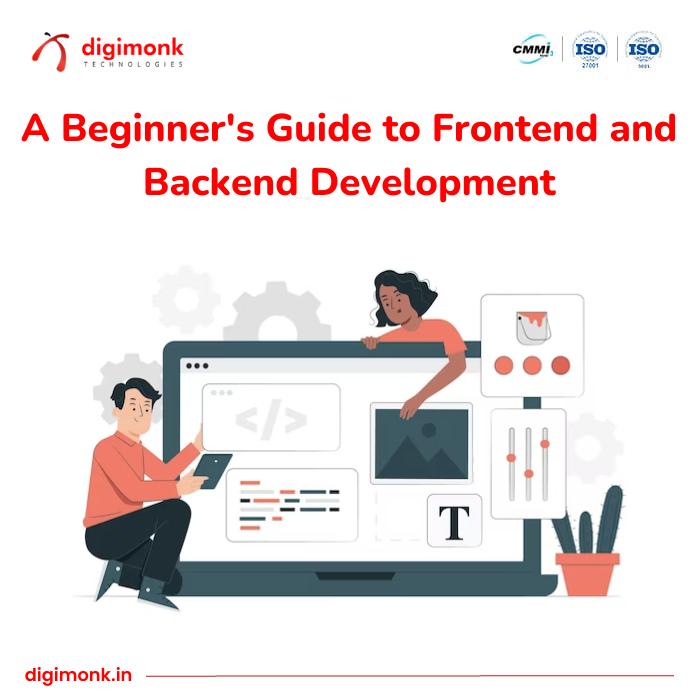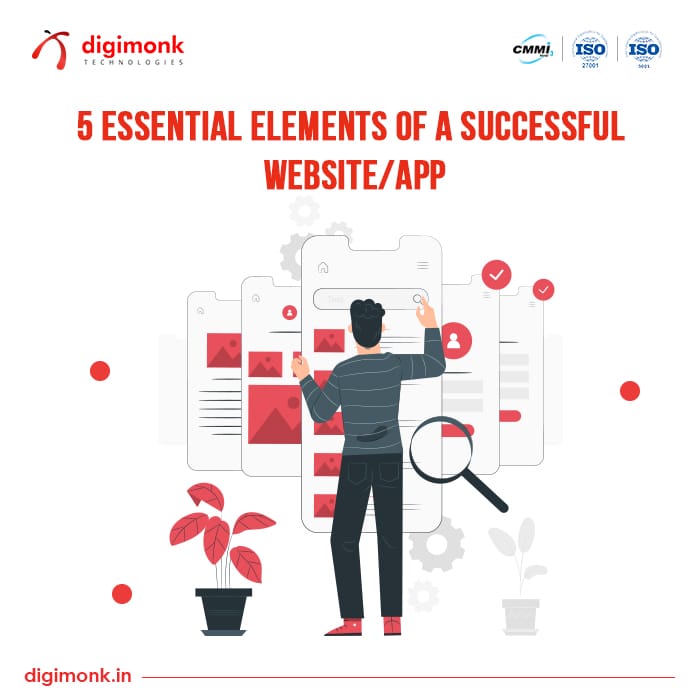10 August, 2023

Are You Looking For a
Web Devlopement | App Devlopement

Guide To Write Blogs For Your Website.
Writing a blog can be hard for the beginners and sometimes, even the professionals can’t figure out what to write next. This article will explain how you can make your blog posts more appealing.
Whether you are writing a blog on life improvement or just explaining the benefits of eating coconuts, following tips will help you achieve it.
Focusing the topic:
It is a normal problem amongst several bloggers to lose the focus on the topic. While they are writing about the benefits of a certain food, it is a good thing to add in some additional information about other foods as well but remain focused on your main food.
Do not lose your focus and don’t try to mix several things up. If someone was looking for food with high level of iron, they might not be so interested in why the ginger is a super food.
Write the details of the topic if you are lacking the content to write but don’t lose the main focus. You can start telling details about the foods that you have enlisted and take your blog post from there.
Here are a couple of things you can try to stay focused on the main topic:
- Decide the title of the blog post in the beginning.
- Find out the keywords you want to use in your blog post.
- Enlist the subheadings and the lists you want to include in your post.
Focusing the audience:
While SEO is important in every blog post and every website, your content needs to address the audience directly. You need to specify who is going to be your audience and write the content for them instead of writing just a general content.
Define the gender you are going to address, the age of the people that would be most interested in your blog post and their hobbies or occupations.
You can then directly address them instead of losing focus from your audience. The different mix of people will require you to keep your tone as normal as possible and make your blog post for everyone.
But when you move to the examples, you will need to talk from their perspective and speak for your target audience instead of speaking for yourself.
Give your target audience a voice through yourself and speak to them by going to their level. Show empathy as much as possible.
Placing ads:
If you are placing ads in your content or in your website, make sure that they are relevant. Your ads cannot look completely different as they will give out a bad look to the viewers.
While writing a recipe, you can casually promote a single product to use in the dishes or suggest a certain type of pan that worked best for you and you think would be best for your readers as well.
Try to keep the ads related to the content and if required, you can write a complete article around an ad. Don’t force the ads in or you will lose the readers and natural traffic.
If you are placing ads through google AdSense or some other platform, make sure the ads are relevant to your content as well. Google let’s to specify which kind of ads you want to place on your blog or webpage and you can modify the settings there.
An ad should be just a casual strip and not a whole billboard that covers up the entire space. The pop-up ads, auto video ads and some other kind of ads are very offensive to a lot of readers and you should try to avoid them.
Headings:
Don’t just write the content but tell the reader what is it about. Make a prominent heading and continue the content about it underneath it.
Readers might keep up with you for 4 to 5 paragraphs but as soon as they notice they have no idea what might be in the content, they will naturally give up and try their luck on some other website.
The headings are like a reading map for your readers that they can use to pick out the headings they want to read. A lot of readers might not be interested in the beginning of your blog about how you came across the recipe.
Their main focus will be finding out the ingredients and adding some headings will help you gain their attention and keep them reading.
Flow of content:
Your content needs to flow like water flows in a stream. You need to give a start to your blog, make it interesting and then start adding more information to it.
As you gradually keep proceeding in your content, you can keep adding more information. Make the headings beforehand to know how your flow will go in the blog.
Add an inclusion part at the end of the article to give the readers something to take with them in the end.
Don’t add a lot of information in just one chunk of writing and give out the content worth a whole blog so easily.
Try to build the tension and gradually release the suspense from your blog.
Unique Blog Post:
Plagiarism-free content in your blog is very important because copying and pasting someone else’s content may not rank your site in SERP.
Before publishing the article on your blog, consider checking by a plagiarism checker which are available online for free.
This tool compares your writing with the published content over different platforms including social media sites, Video sharing platforms, e-books, etc.
If this tool finds the duplicate content in your writing then you should change the content manually or using article spinner.
The content spinner will change the words which are plagiarized and this way, the article becomes unique. This happens with the changing of the words by their synonyms and this makes difference between your writing as well as the source.
Adding images:
There are images available for almost everything on internet now. If you are unable to find the images for your blog post, you can always click some for yourself.
If you are worried about copyright claims on the pictures, there are several online websites which let you download the image and use them in your content without having to purchase them.
Follow Us - Linkedin






